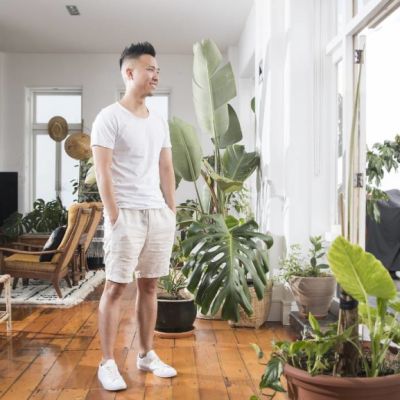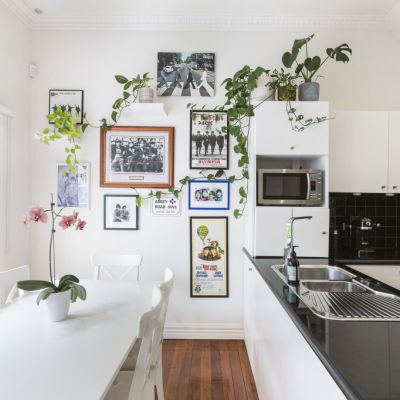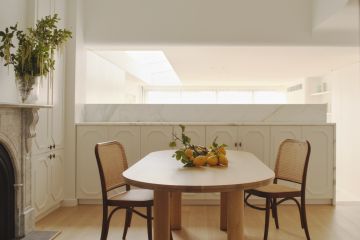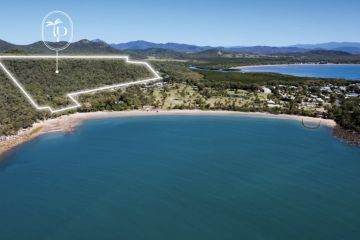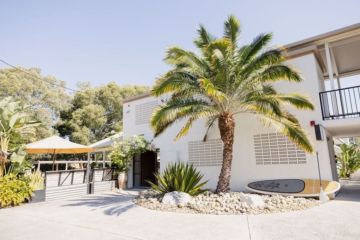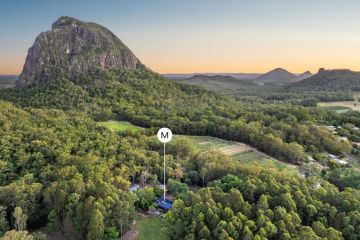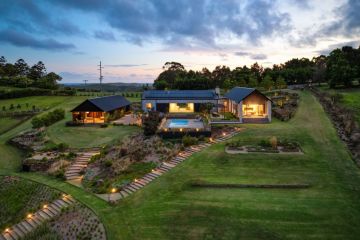Vertical forest: This apartment building is entirely covered in pot plants
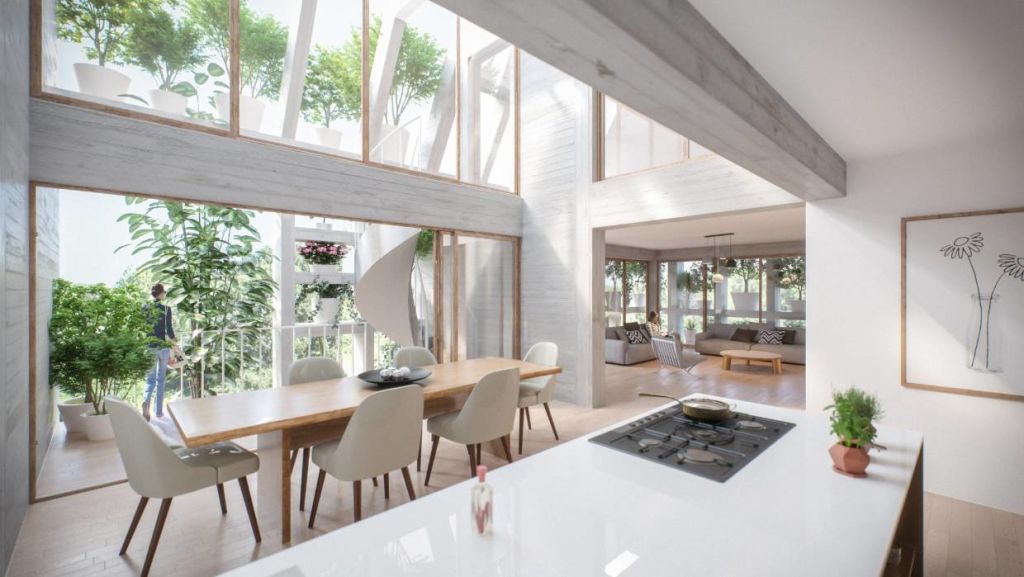
Calling all obsessive plant parents, we’ve found your next dream apartment.
Is your bedroom overflowing with succulents, philodendrons, fiddle leaf figs, and just about every other green leafy thing you could possibly commit to keeping alive indoors?
Are you approaching “house jungle” status, and yet still need more?
Listen to episode four of Domain’s podcast Somewhere Else :
Well, why not cover the outside of your building in potted plants too? That’s exactly what Netherlands-based architecture firm MVRDV has in mind for a four-storey new build next to Dommel river.
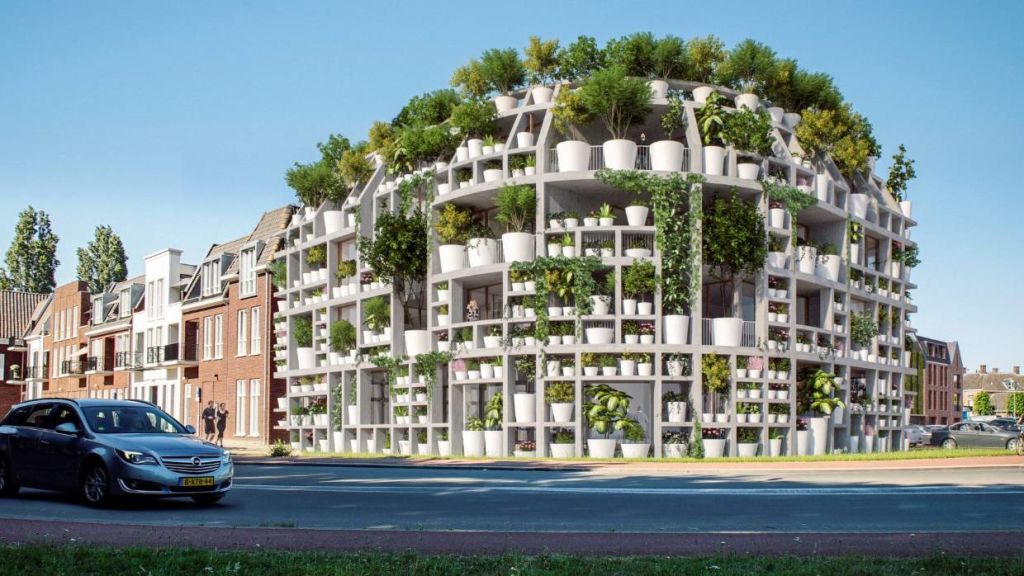
The 1400m2 ‘Green Villa’ apartment is designed with a gridded rack system to cover the building’s entire exterior in a variety of plants. It’s an interesting variation on the popular vertical forest design trend, which has been adopted by architecture firms across Asia and Europe.
The Green Villa’s shelves, of varying depths, will host an abundance of potted plants, bushes, and trees such as forsythias, jasmine, pine, and birch. “This design is a continuation of our research into ‘facade-less’ buildings and radical greening”, said Winy Maas, founding partner of MVRDV.
“The idea from the nineties of city parks as an oasis in the city is too limited. We need a radical ‘green dip’.” By that, we can assume he means: Why build a park when your building can be the park?
Dr Maibritt Pedersen Zari, a senior lecturer in sustainable architecture from Victoria University agrees: “We won’t be able to always rely on existing urban green and blue space as population increases in our cities and the built environment densifies. We need buildings themselves to become green spaces.”
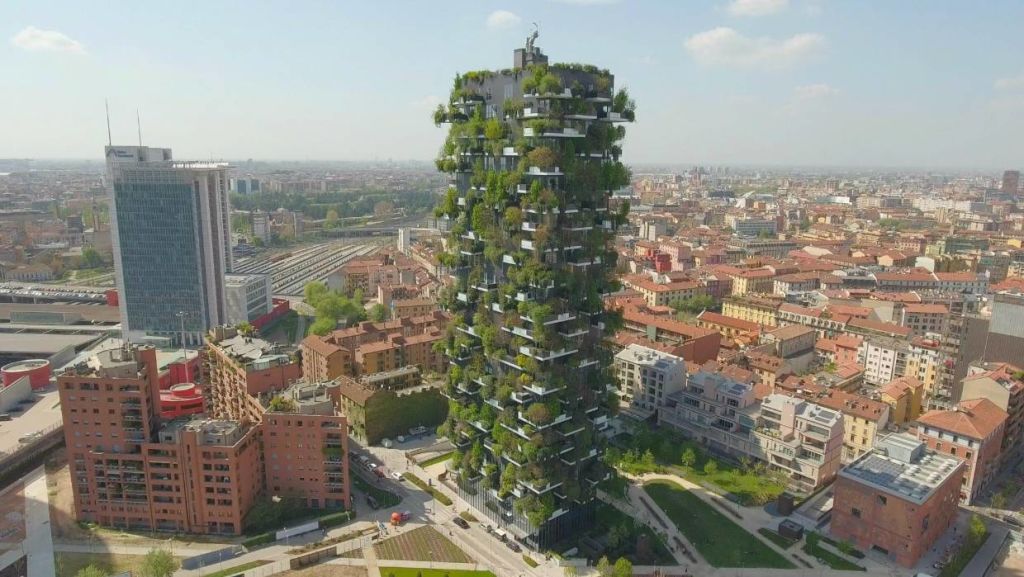
The Green Villa’s plant species will be watered with a sensored irrigation system that’s incorporated into the planters. It uses stored rainwater, so the building stays green year-round.
But green architecture is more than just pretty pictures. It’s an experiment in how to integrate construction with sustainability in urban spaces.
“We should cover roofs and high-rise facades with greenery. Plants and trees can help us to offset CO2 emissions, cool our cities, and promote biodiversity,” said Maas.
Pedersen Zari says Kiwi architects are beginning to experiment with buildings like this too, and “should urgently continue to do so.”

Biophilic/Green Architecture
- Mitigates climate change (because plants absorb carbon)
Aids climate change adaption (because increased urban vegetation lowers urban temperatures and helps to slow storm water flows)
Remedies biodiversity loss (because increased urban vegetation will potentially provide increased habitat for urban wildlife)
Improves human wellbeing (because exposure to and interaction with ‘nature’ has physical and psychological benefits for people
“This is important because 87 per cent of people in NZ live in cities and we spend 90 per cent of our time indoors,” said Pedersen Zari.
The Green Villa is just one way to incorporate vegetation into a building. Pedersen Zari says any attempt at this kind of a design is a step in the right direction.
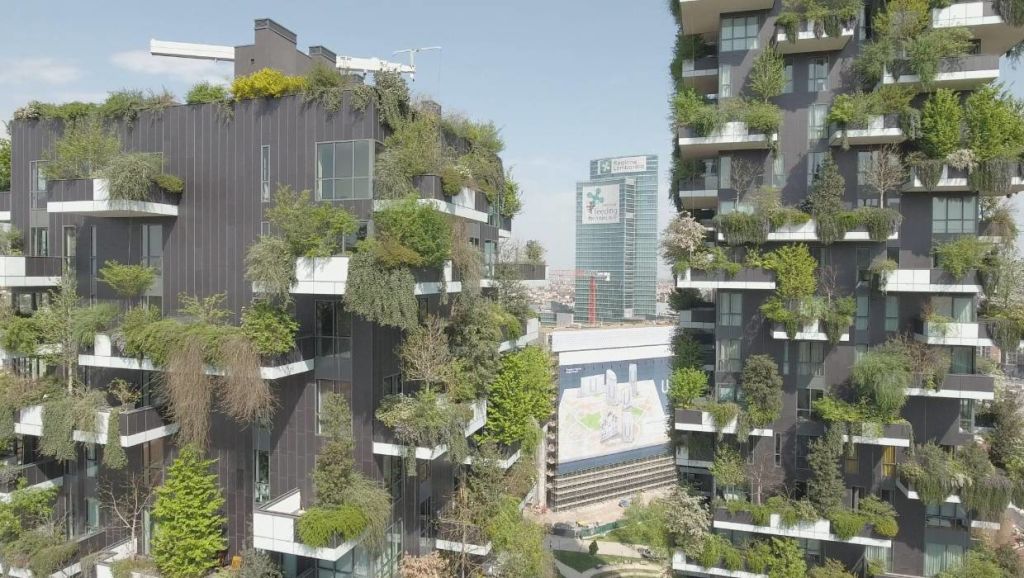
“The potted facade shown here may dry out faster than vertical forests, and prevent the development of complex soil microbes, but with maintenance it should work. It is also likely to be lighter than the vertical forest concept, so less structure needed to hold the plants and soil up.”
The ground floor of the Green Villa will be an office space, and the remaining floors are apartments. Construction is scheduled for 2020.
This article originally appeared on stuff.co.nz
We thought you might like
States
Capital Cities
Capital Cities - Rentals
Popular Areas
Allhomes
More
